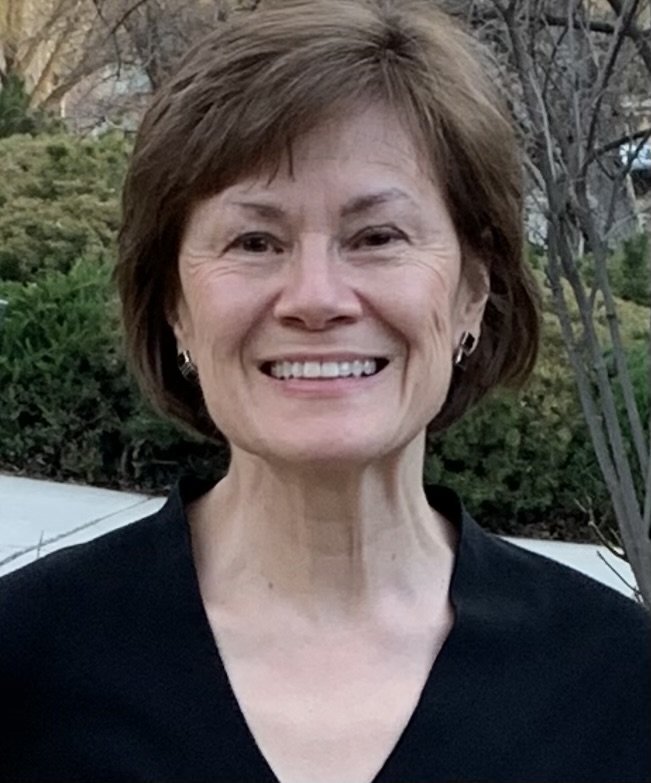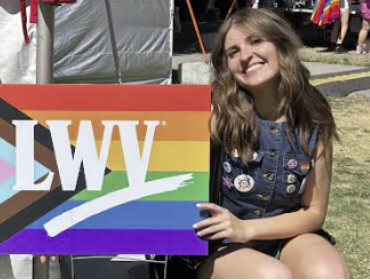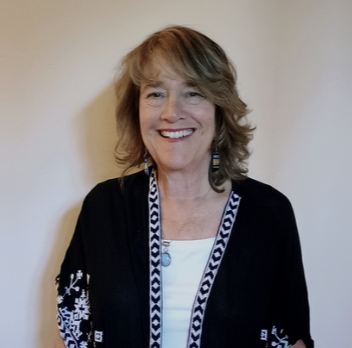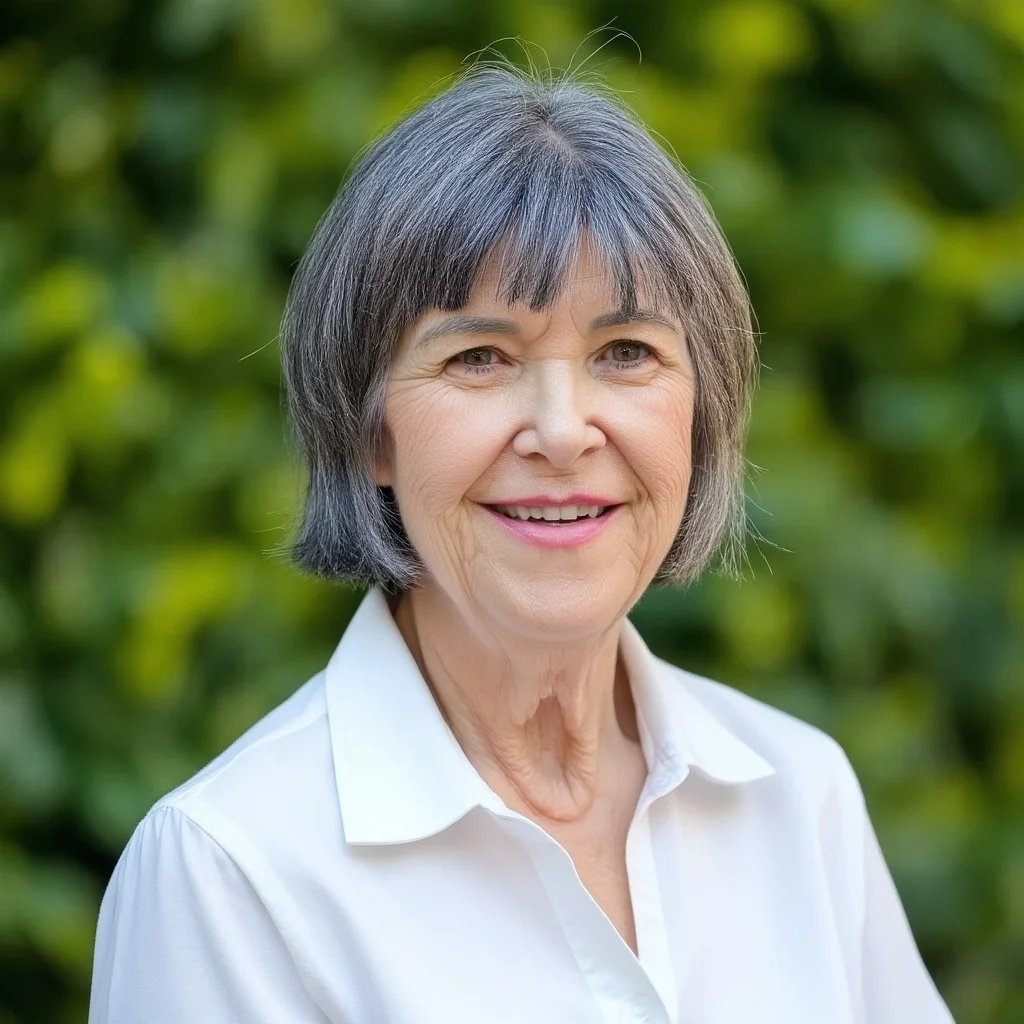Utah Board & Staff
-

PRESIDENT
Katharine Biele
-

PRESIDENT-ELECT
Open
-

VICE PRESIDENT OF LOCAL LEAGUES
Julia Kretschmar
-

VICE PRESIDENT OF PROGRAM
Linda Smith
-

TREASURER
Kathy Fife
-

SECRETARY
Julie Endres
-

DIRECTOR, VOTER SERVICES
Helen Moser
-

DIRECTOR, LEGISLATIVE ACTION
Cynthia Phillips
-

DIRECTOR, COMMUNICATIONS
Macy McCormack
-

CO-DIRECTOR, NATURAL RESOURCES
Lori Jones
-

CO-DIRECTOR, NATURAL RESOURCES
Toni Stricker
-

Staff
Peggy Carrico